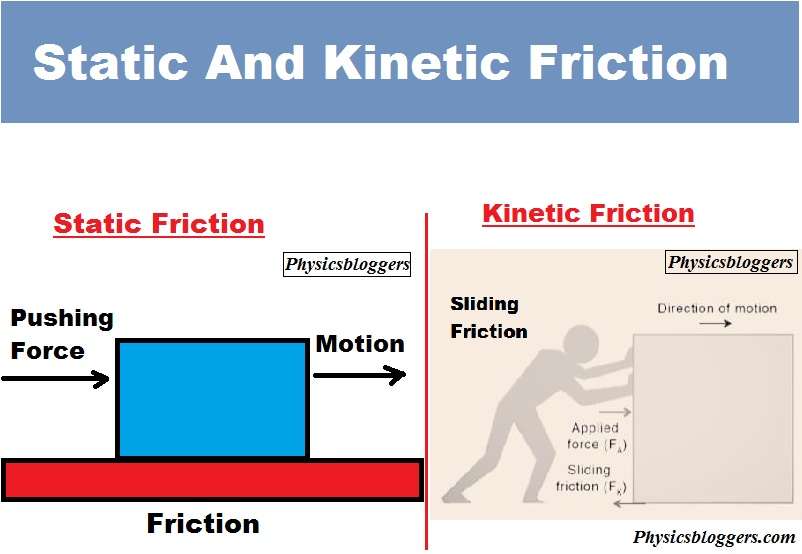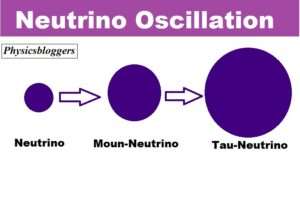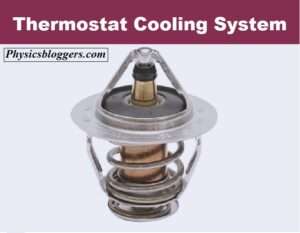Static and kinetic friction

Static and kinetic friction

Static Friction
This happens due to the interlocking of tiny abnormalities between the surfaces in contact with one another, which creates a restricting force that keeps the item from moving.
Assuming the power applied to the item surpasses the most extreme static rubbing force, the article will begin to move, and the erosion power will change from static to active (or sliding) contact.
Static erosion is fundamental for the overwhelming majority of regular exercises, like strolling, driving, and holding objects.
Motor grinding
Motor erosion is a kind of grinding that happens between two items in relative movement.
Dynamic frictional power is typically more modest than static frictional power, and it goes against the course of movement.
The extent of the active frictional power is reliant upon the idea of the surfaces in touch, and it is relative to the ordinary power squeezing the articles together. The dynamic grating coefficient is typically not exactly the static contact coefficient, and it remains moderately consistent for a given set of materials.
Dynamic grinding is liable for a few ordinary peculiarities, for example, the rubbing between vehicle tires and the street, the grating between the brake cushions and the wheels of a bike, and the erosion between the soles of shoes and the ground while strolling. Understanding active grinding is urgent for planning machines and designs that depend on the development of items, like cars, planes, and assembling hardware.
History of Grinding
The Greek rationalist Aristotle, for example, portrayed the idea of grating in his compositions on the movement.
In the Medieval times, the English Franciscan minister Roger Bacon explored different avenues regarding blocks of wood and calfskin to concentrate on the laws of movement and erosion. He saw that harsh surfaces delivered more prominent grating than smooth surfaces, and he likewise saw that the frictional power was relative to the heaviness of the article.
In the seventeenth 100 years, the Italian physicist Galileo Galilei directed and explored different avenues regarding slanted planes to concentrate on the movement of falling bodies. He saw that a ball moving down a slanted plane would keep on rolling endlessly without dialing back on the off chance that there was no grating present. This drove Galileo to reason that grinding was a power that goes against movement.
e ordinary power squeezing the items together. These discoveries prompted the improvement of the idea of static and active contact.
In the nineteenth 100 years, the English researcher Michael Faraday explored the properties of oils and created techniques for lessening rubbing in apparatus.
All through the twentieth 100 years, researchers and designers kept on refining how they might interpret rubbing and foster advances to lessen or control it, prompting various headways in fields like transportation, assembling, and materials science. Today, the investigation of grating remaining parts a functioning area of examination and has significant ramifications for a large number of ventures and applications.
Uses of static and motor rubbing
Static and motor erosion have numerous common applications in different fields. Here are a few models:
Utilizations of Static Erosion:
Strolling:
Static grinding permits us to stroll without slipping. The frictional power between the underside of our shoes and the ground keeps our feet from sliding.
Holding Articles:
Static grating permits us to hold objects without them getting none of our concerns. The frictional power between our hands and the article keeps it set up.
Vehicle Brakes:
Static grating likewise permits vehicle brakes to work. At the point when we apply the brakes, the cushions press against the rotor, making a static frictional power that dials back the vehicle.
Utilizations of Dynamic Erosion:
Stopping mechanisms:
Dynamic erosion is utilized in the slowing mechanisms of vehicles, like vehicles and bikes.
Fabricating:
Dynamic grating is utilized in assembling processes, like crushing, cleaning, and sanding. The frictional power between the rough material and the surface being dealt with eliminates the material and smooths the surface.
Sports:
Active grinding is significant in sports, for example, ice skating and skiing. The frictional power between the skates or skis and the ice or snow takes into consideration control and mobility.
Transportation:
Dynamic erosion is likewise significant in transportation, as it assists with lessening the mileage on tires and other moving pieces of vehicles. Without adequate motor grating, tires would slip out and about, causing mishaps.



